Researchers in Japan have improved the reliability of oral fluid-based tests for ASF with a new method for concentrating samples.
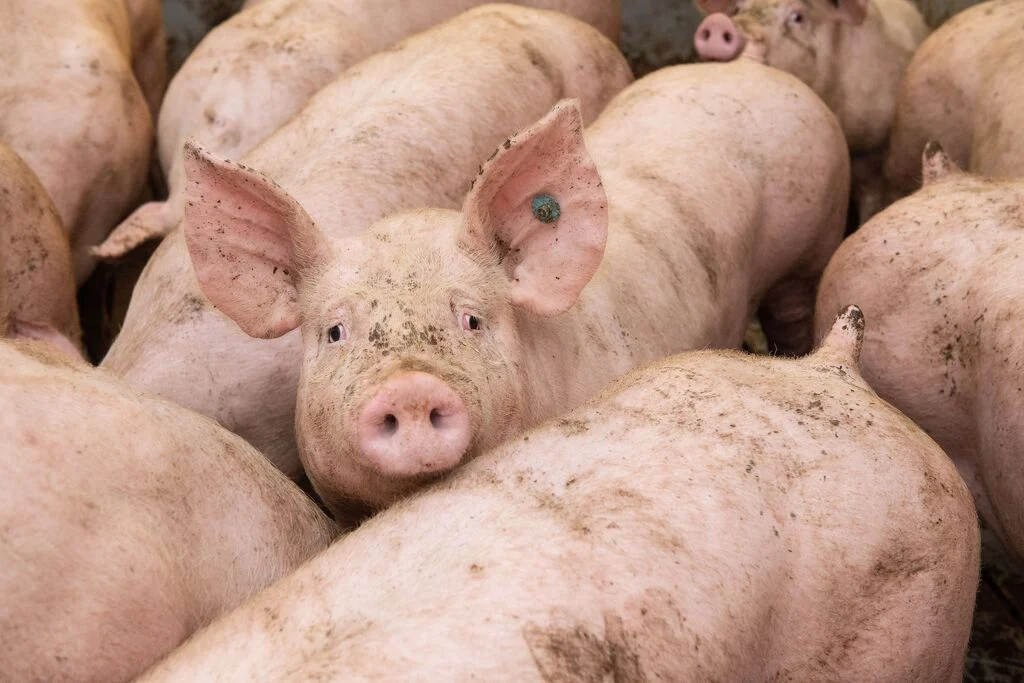
A new method for concentrating oral fluid samples could lead to the development of new rapid test kits for African swine fever (ASF), according to a study by Japan’s Kyoto University.
Researchers found that a technique typically used to concentrate norovirus from oysters increased the detection of ASF virus in oral fluid samples, improving the researchers’ ability to detect the virus 100-fold over a conventional method used as a reference in the study.
Tests for the ASF virus typically require the collection of blood samples, because the virus is present in larger concentrations in the blood than in other bodily fluids. The new method described in Japan uses 10ml of fluid per test to ensure better detection of the virus and avoid false negatives.
Most comparable tests use 50-200 microliters of oral fluids, but 10ml is still small enough that it can be easily obtained. Researchers collected the samples needed for the study by allowing infected pigs in Vietnam to chew ropes placed in their pens, said Wataru Yamazaki, Kyoto University Professor.
While the test itself is inexpensive, the concentration process does take about an hour and must still be completed within a laboratory, he said. The cost for this laboratory time could vary depending on the local cost of labor, which could limit the accessibility of the test.
So, Prof Yamazaki said his research team is now working to improve their concentration technique with the aim of getting the time down from an hour to about 10-15 minutes per test. They also hope to develop and commercialize test kits based on the technique that could be used on-farm to get rapid diagnostic results.
Meanwhile, his team will be using the new concentration method in collaboration with other researchers in Vietnam and the Philippines to screen pigs for ASF.
Although vaccine development should remain the top research priority, Prof Yamazaki said access to faster and more accurate diagnostic tools should help prevent the virus from spreading to new regions by allowing authorities to quickly respond to new outbreaks.
Subscribe now to the technical pig magazine
AUTHORS
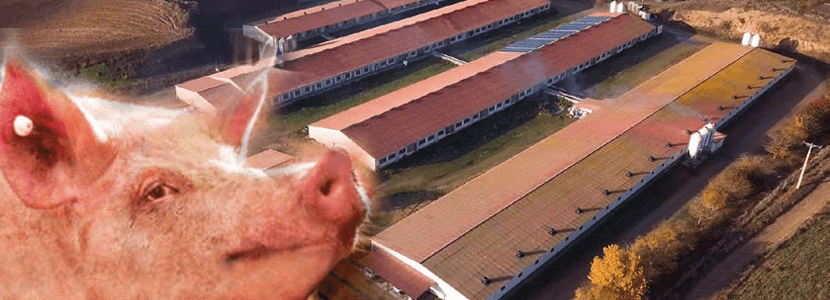
Bifet Gracia Farm & Nedap – Automated feeding in swine nurseries

The importance of Water on pig farms
Fernando Laguna Arán
Microbiota & Intestinal Barrier Integrity – Keys to Piglet Health
Alberto Morillo Alujas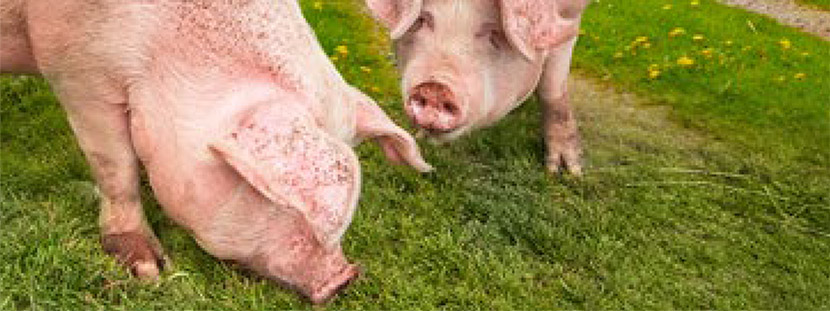
Impact of Reducing Antibiotic use, the Dutch experience
Ron Bergevoet
The keys to successful Lactation in hyperprolific sows
Mercedes Sebastián Lafuente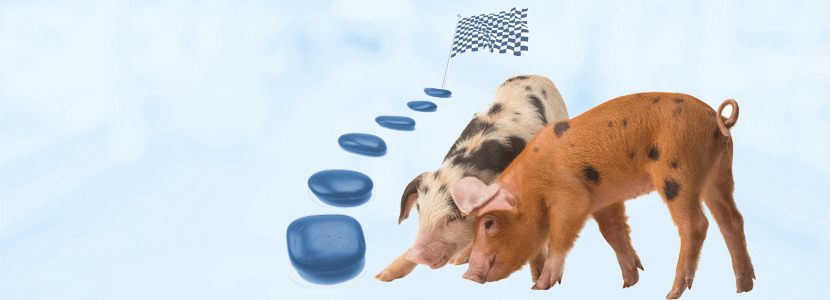
Addressing the challenge of Management in Transition
Víctor Fernández Segundo
Dealing with the rise of Swine Dysentery
Roberto M. C. Guedes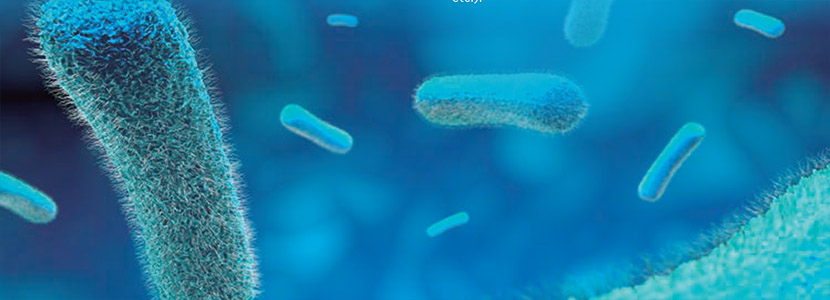
Actinobacillus pleuropneumoniae – What are we dealing with?
Marcelo Gottschalk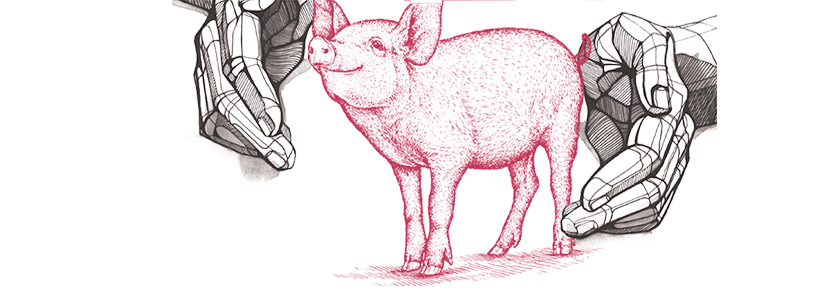
The new era of Animal Welfare in Pig Production – Are we ready?
Antonio Velarde
Gut health in piglets – What can we do to measure and improve it?
Alberto Morillo Alujas
Interview with Cristina Massot – Animal Health in Europe after April 2021
Cristina Massot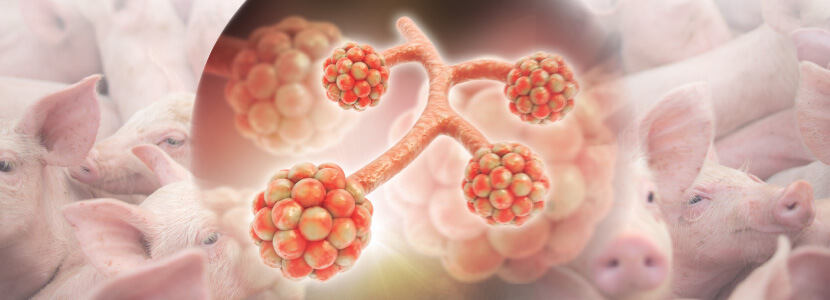
Differential diagnosis of respiratory processes in pigs
Desirée Martín Jurado Gema Chacón Pérez